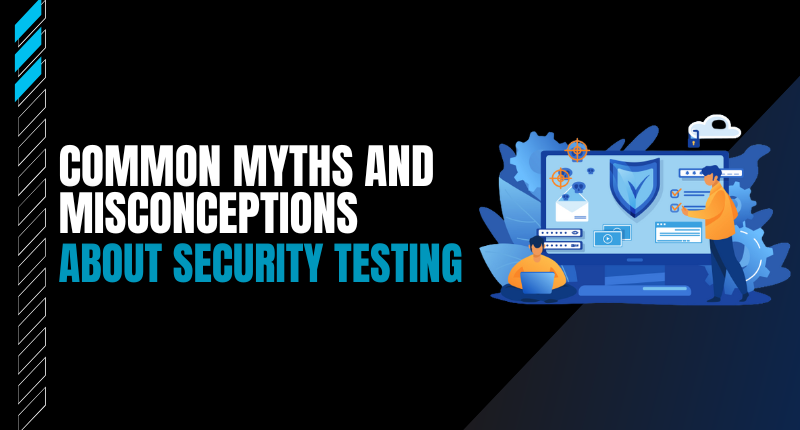Data breaches and cyberattacks have become increasingly prevalent, security testing has emerged as a critical aspect of safeguarding digital assets and sensitive information. However, like many other fields, security testing is often plagued by myths and misconceptions that can lead to misunderstandings and inadequate security measures. In this blog post, we aim to debunk some of the common myths surrounding security testing and shed light on the importance of a well-executed security testing strategy.
Myth 1: Security Testing is Optional
One of the most pervasive myths is the belief that security testing is optional or can be delayed until the end of a development cycle. In reality, security should be integrated into every phase of software development, from design to deployment. This proactive approach ensures that vulnerabilities are identified and addressed early, reducing the risk of costly security breaches down the road.
Myth 2: Security Testing is Only for Large Organizations
Some believe that security testing is only relevant for large enterprises with extensive IT infrastructure. In truth, organizations of all sizes, including startups and small businesses, are potential targets for cyberattacks. Security testing is essential for anyone who stores or processes sensitive data, regardless of their size.
Myth 3: Vulnerability Scanning is Sufficient
While vulnerability scanning tools are valuable, they are not a one-size-fits-all solution. Some erroneously believe that running a scanning tool will provide complete security coverage. In reality, these tools only identify known vulnerabilities and cannot detect novel threats or vulnerabilities that require a deeper analysis, making penetration testing and ethical hacking equally important.
Myth 4: Security Testing Slows Down Development
Another common misconception is that security testing is time-consuming and hampers development speed. While thorough security testing may add some time to development cycles, the cost of addressing security flaws after a breach far outweighs any delays in development. Implementing security measures from the start can actually streamline the development process.
Myth 5: Once Tested, Always Secure
Some mistakenly assume that once a system has undergone security testing, it is immune to future threats. Security is an ongoing process, and new vulnerabilities can emerge over time. Regularly scheduled security assessments and continuous monitoring are necessary to adapt to evolving threats and maintain a secure environment.
Myth 6: Security Testing is the Sole Responsibility of the IT Department
Security is a collective responsibility that involves every member of an organization. While the IT department plays a crucial role in security testing, every employee should be aware of security best practices and the importance of safeguarding sensitive information.
Myth 7: Security Testing Guarantees 100% Security
There is no such thing as absolute security. Some believe that once security testing is completed, a system is impervious to all threats. In reality, security testing helps identify and mitigate vulnerabilities, but it cannot eliminate all risks. A comprehensive security strategy should include multiple layers of defense.
Conclusion
Security testing is an indispensable component of modern business operations in our increasingly digital world. Debunking these common myths and misconceptions about security testing helps organizations understand the true value of proactive security measures. It is not optional, it is relevant to businesses of all sizes, and it should be an ongoing process. By adopting a proactive approach and investing in security testing, organizations can significantly reduce their risk of falling victim to cyber threats and data breaches, ultimately safeguarding their digital assets and reputation.




